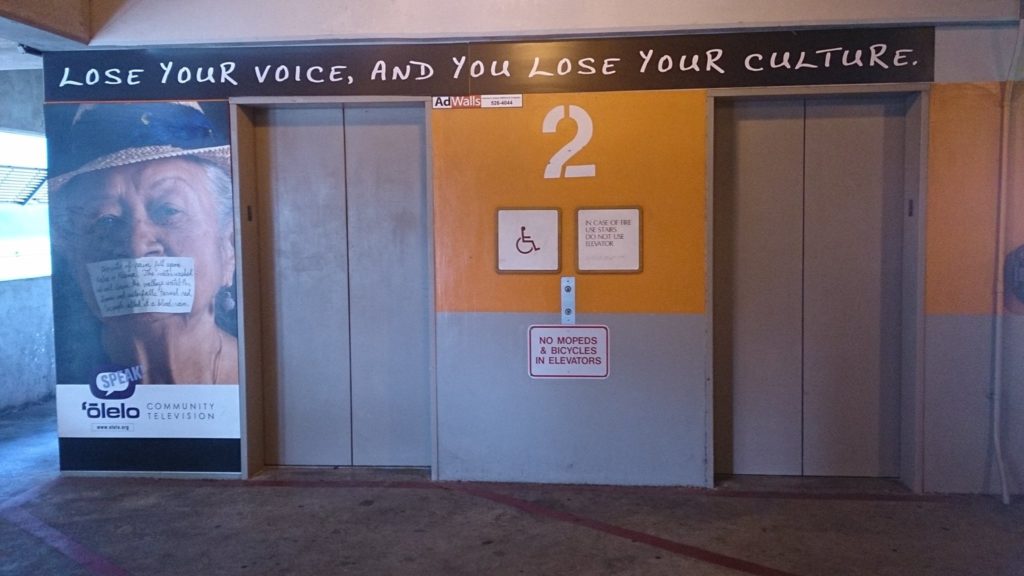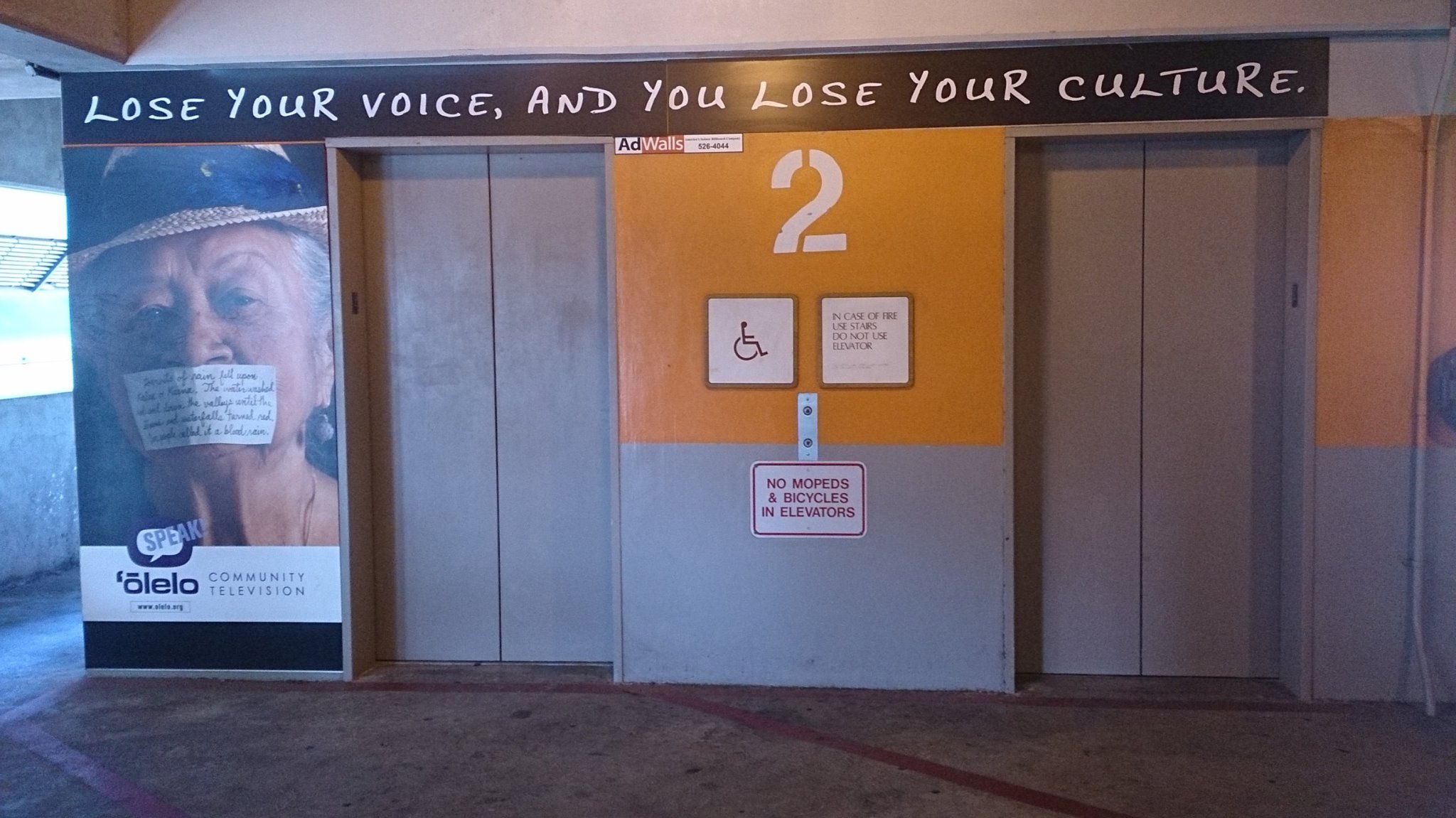[et_pb_section bb_built=”1″][et_pb_row][et_pb_column type=”4_4″][et_pb_text _builder_version=”3.17.2″]
In the fall of 2005, linguistics professor Kenneth L. Rehg and UHM Foreign Language Resource Center director Richard Schmidt planned a meeting with the goal of advancing language documentation and associated activities as a legitimate subfield of linguistics. In the spring, 28 linguists gathered at the East-West Center from as far east as Japan and as far west as New England, and as far south as Australia. As a result of this meeting, the journal Language Documentation & Conservation launched in June 2007.
From the outset, LD&C has been an open access journal because, as founding editor Rehg writes, “In many communities where vulnerable and endangered languages are spoken, any amount charged for a subscription is too much.” In the past decade, the journal has provided 340 articles comprising 10 volumes, totaling more than 661,000 downloads. Below, current editor Nick Thieberger discusses the benefits of being an online-only journal and what’s in store for LD&C as it enters its second decade.
You’ve been with Language Documentation & Conservation since the beginning, starting as the Technology Review Editor and then taking over from founding editor Kenneth L. Rehg in 2011. Can you share with us how LD&C got started and your current work leading the journal?
For background on how LD&C began, please see the recent article by our founding editor. The role of editor involves coordinating production, doing initial assessments of contributions (sometimes with the help of the Editorial Board), finding reviewers, maintaining the website, and updating the Facebook page.

In Prof. Rehg’s “The Founding of Language Documentation & Conservation” (Vol. 11), he notes that one of the goals of the journal was to “focus … on topics that do not readily find a home in other journals.” How is LD&C unique from other journals in your field?
Issues around language documentation and revitalization have become increasingly relevant in the past decade or two. With the increased focus on language endangerment, more attention is being paid to creating good records of as many different performances and speakers as possible. Performance includes narratives, dialogues, songs, multi-participant events as well as good old-fashioned elicitation.
The journal Language Documentation & Conservation provides a venue for exploring new methods in creating language records and in using records for language revitalization. It is unique in its scope and in the quality of its contributions (peer-reviewed since the first issue in 2007). A topic of particular current interest is the ‘collection overview’ which presents a guide to a set of primary language records, allowing readers to identify its extent and the context in which it was created. We hope that such overviews will become more common in our discipline.
LD&C was designed to be an electronic-only, open access journal, which was uncommon when you launched the journal in 2006. Why was this important then, and why does it remain relevant now?
LD&C has been committed to providing open access from its inception. As so many of the languages that are the focus of language documentation efforts are spoken in small communities, we want to ensure that the research we publish is fully accessible to anyone with Internet access. We ensure longevity of access by lodging all LD&C content in the University of Hawai‘i’s digital repository, linked from our website.
Online publication allows us to produce articles quickly and to embed media to illustrate examples in the papers. It also allows authors to add material incrementally over time.
We encourage subscription, which is free, so that readers can be informed twice a year about new content, which we upload four times a year.

Where is LD&C going next?
We have published a couple of volumes that allow incremental addition of new material over time, taking advantage of the non-book format of online publication. SCOPIC is a volume that will provide a series of papers in the next few years. In the pipeline now is a grammar that will be published incrementally in what would have been called fascicles in the past.
With 11 volumes and 13 special publications now available, is there an issue that you’re particularly proud of?
With 340 articles produced it is hard to choose among them. However, the most popular article has been download over 60,000 times (see the statistics here).
Do you have any advice for academics interested in submitting to LD&C?
Take advantage of the possibilities offered by online publishing. Include media as examples of phenomena discussed in the article, include corpus materials that allow readers to check your analysis and to potentially carry out their own reanalysis of the data.
[/et_pb_text][et_pb_text _builder_version=”3.17.2″]
About the Journal
Language Documentation & Conservation is a free open-access journal on issues related to language documentation and revitalization. The journal is sponsored by the National Foreign Language Resource Center.
Submissions
Instructions for submission can be found on the Language Documentation & Conservation‘s website.
[/et_pb_text][/et_pb_column][/et_pb_row][/et_pb_section]





